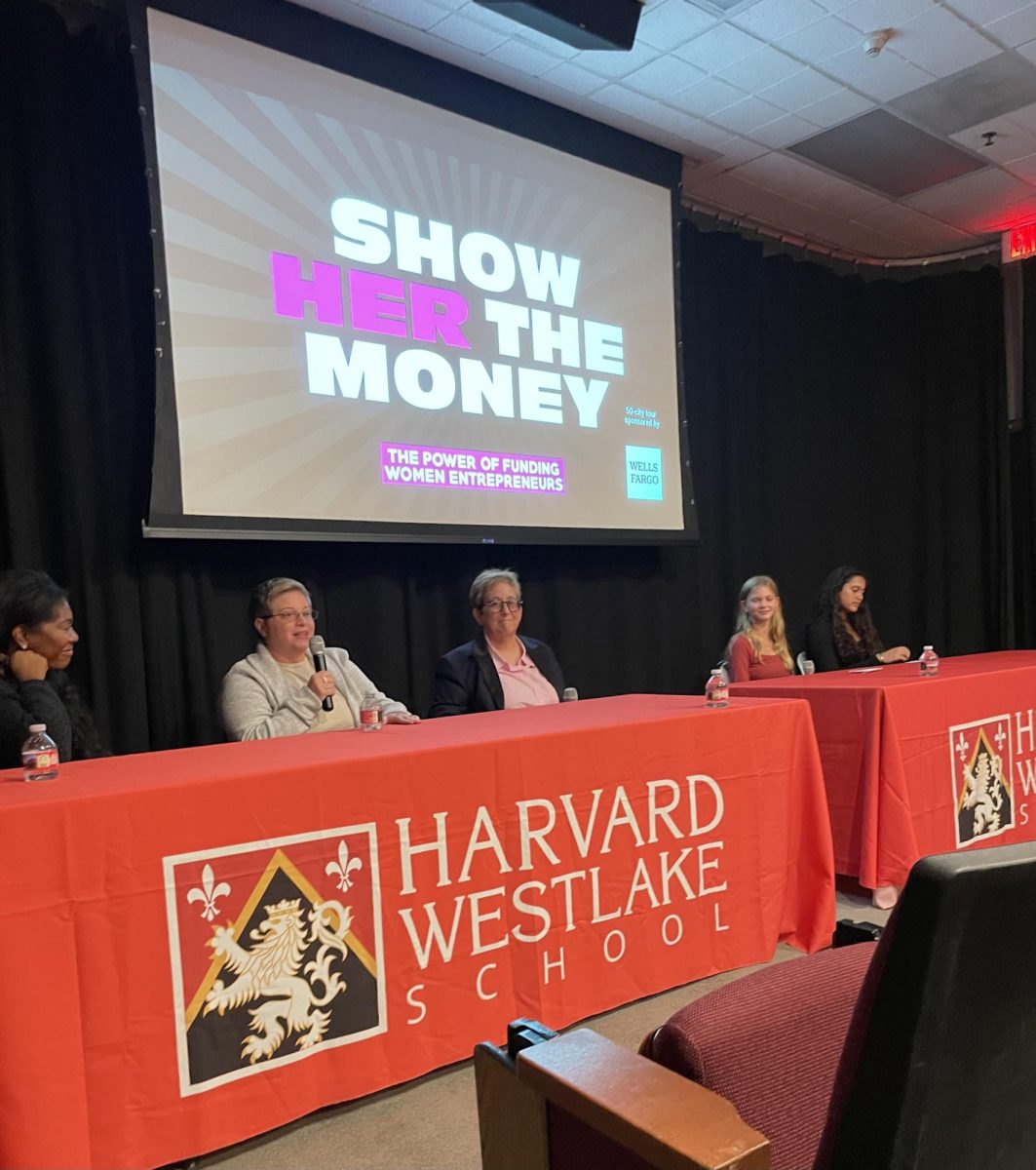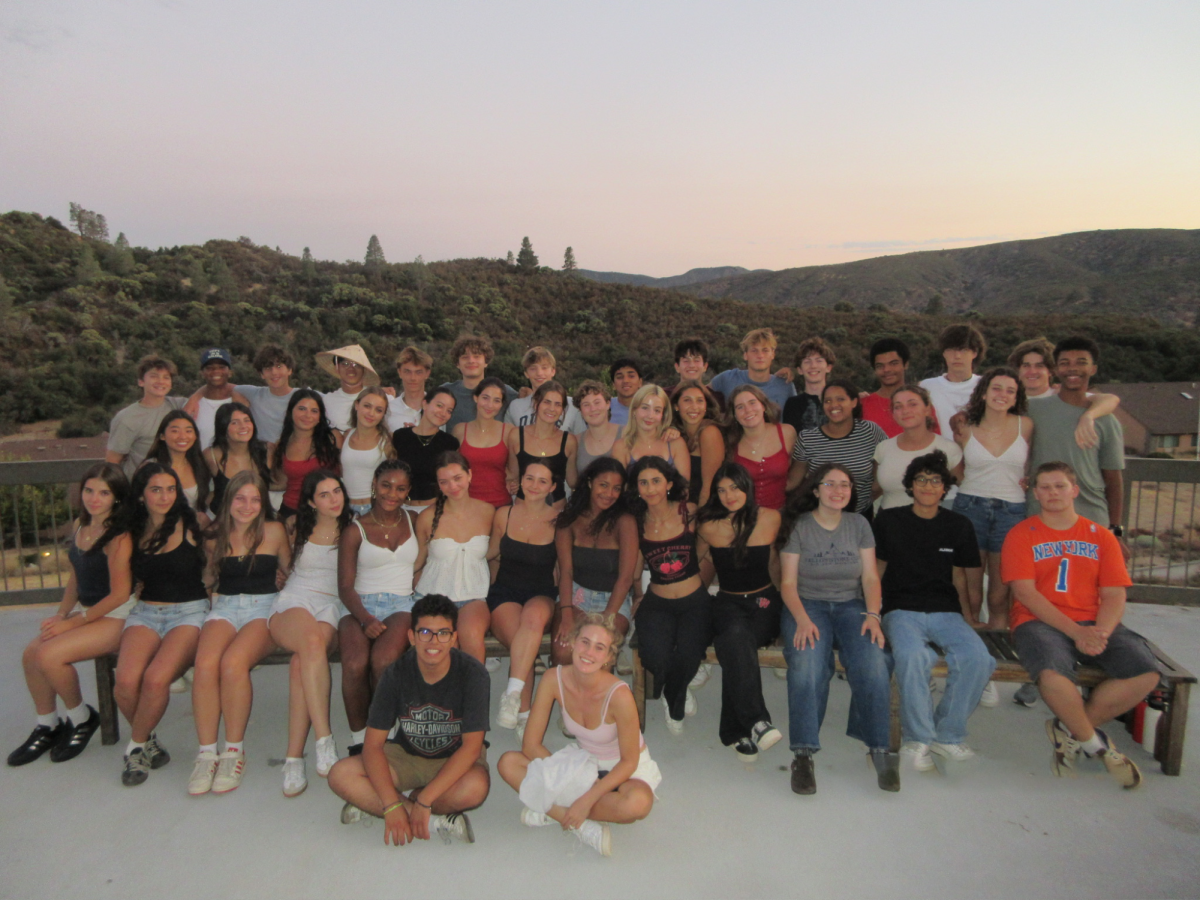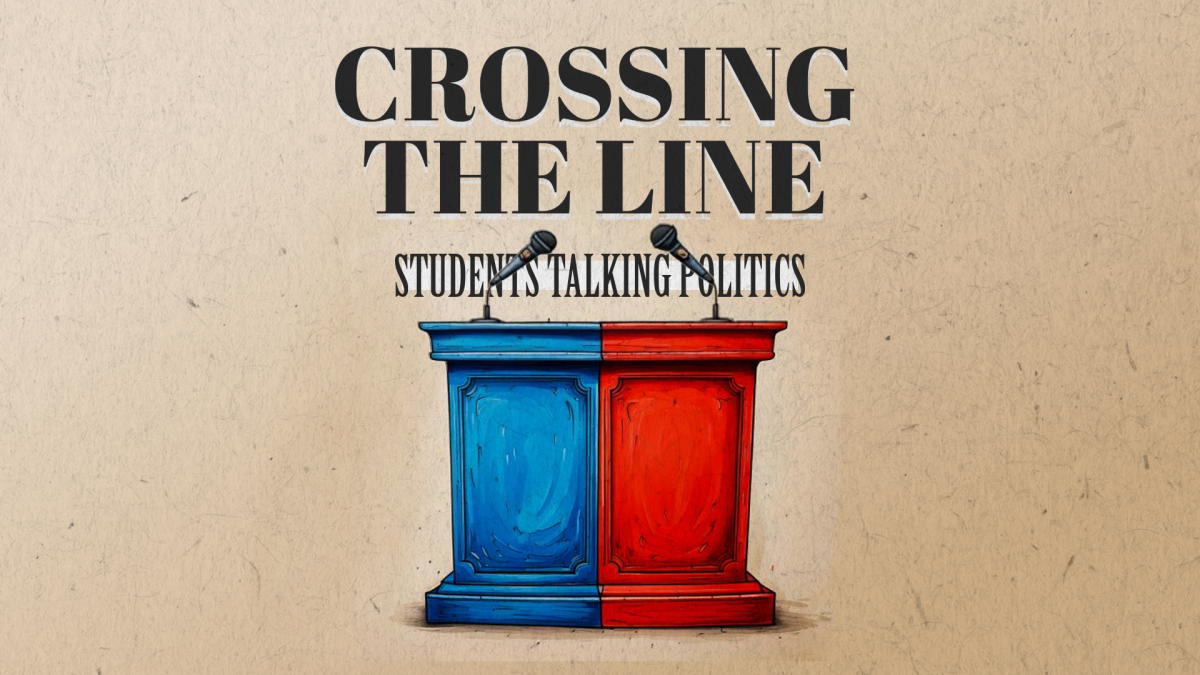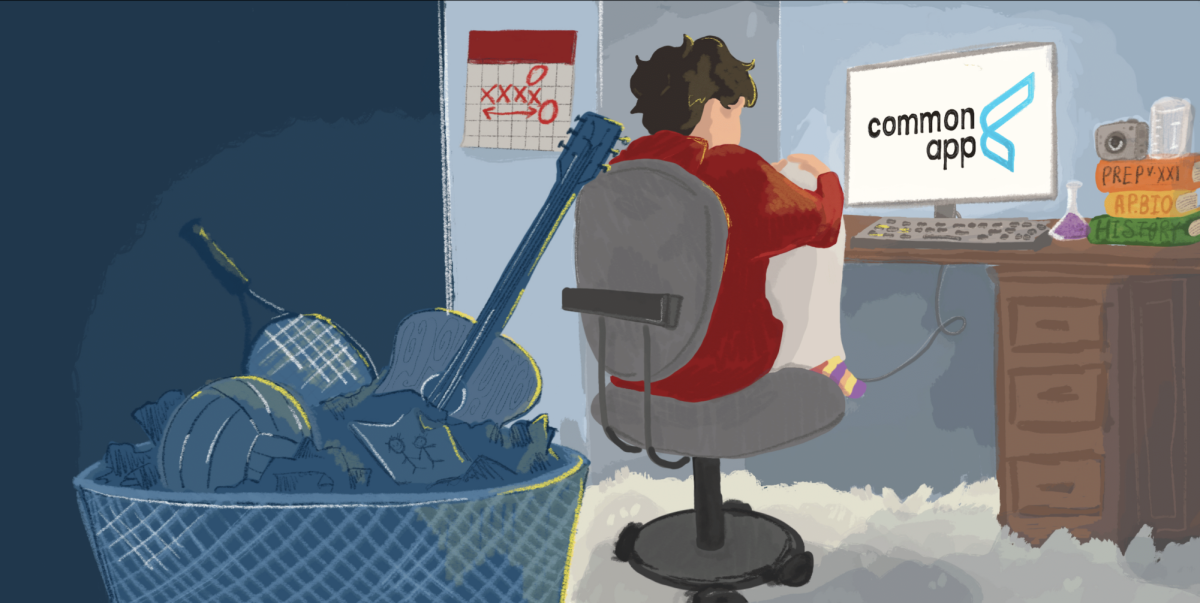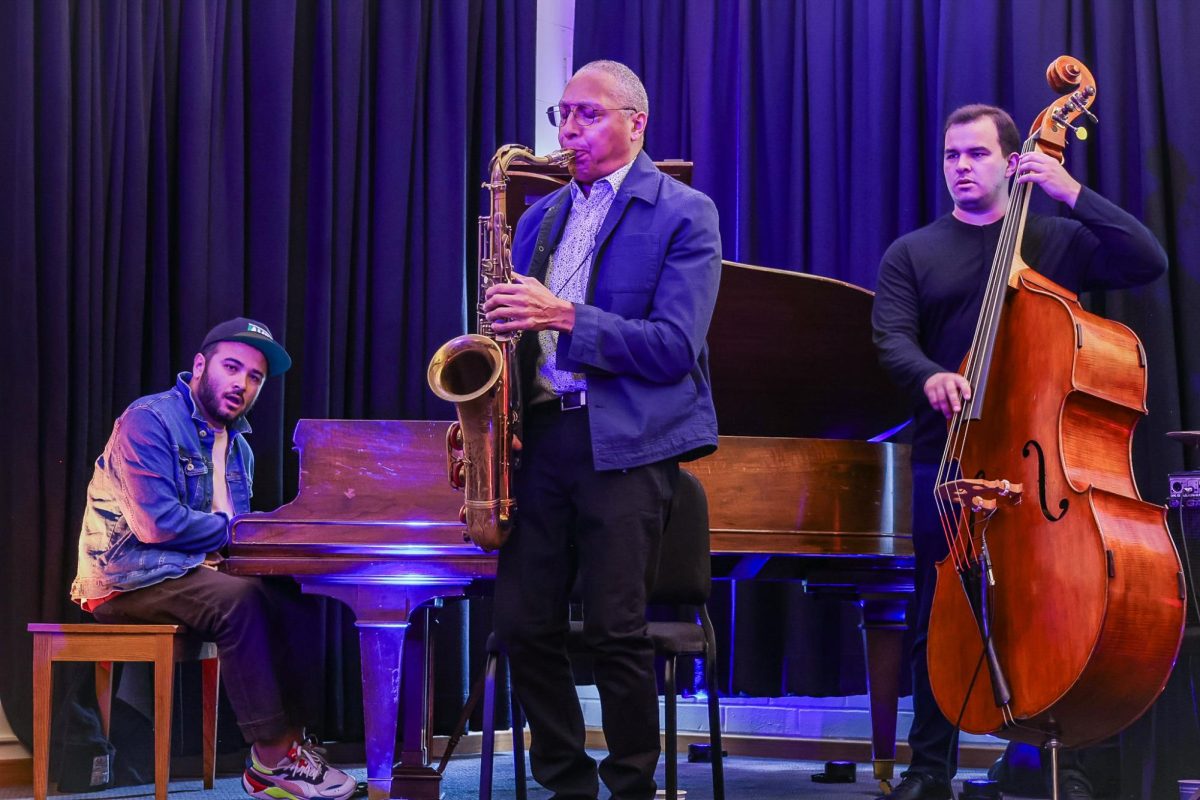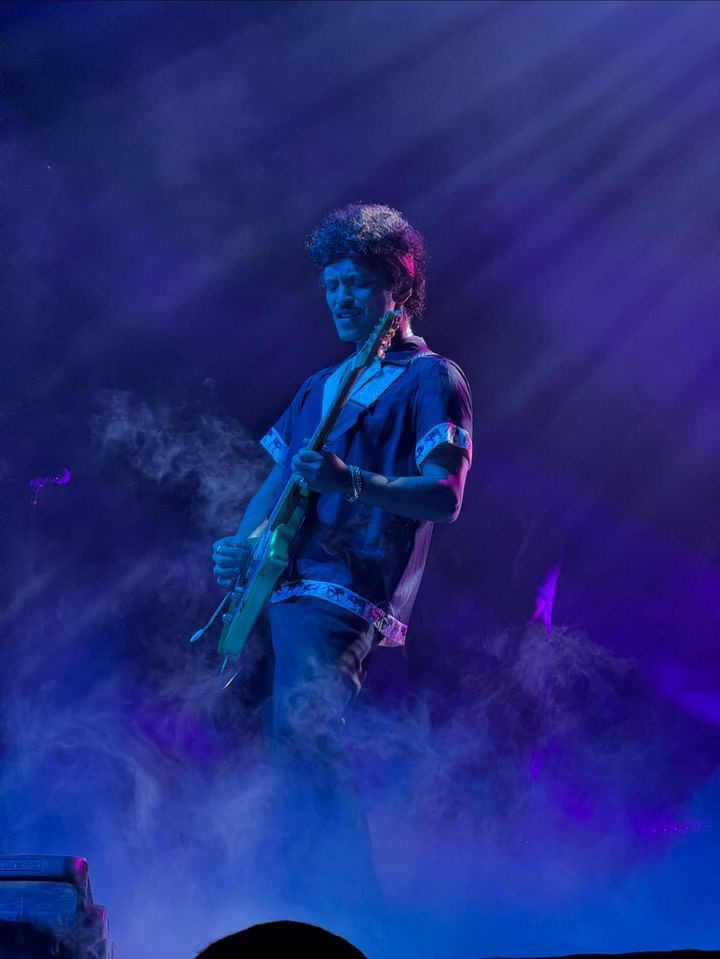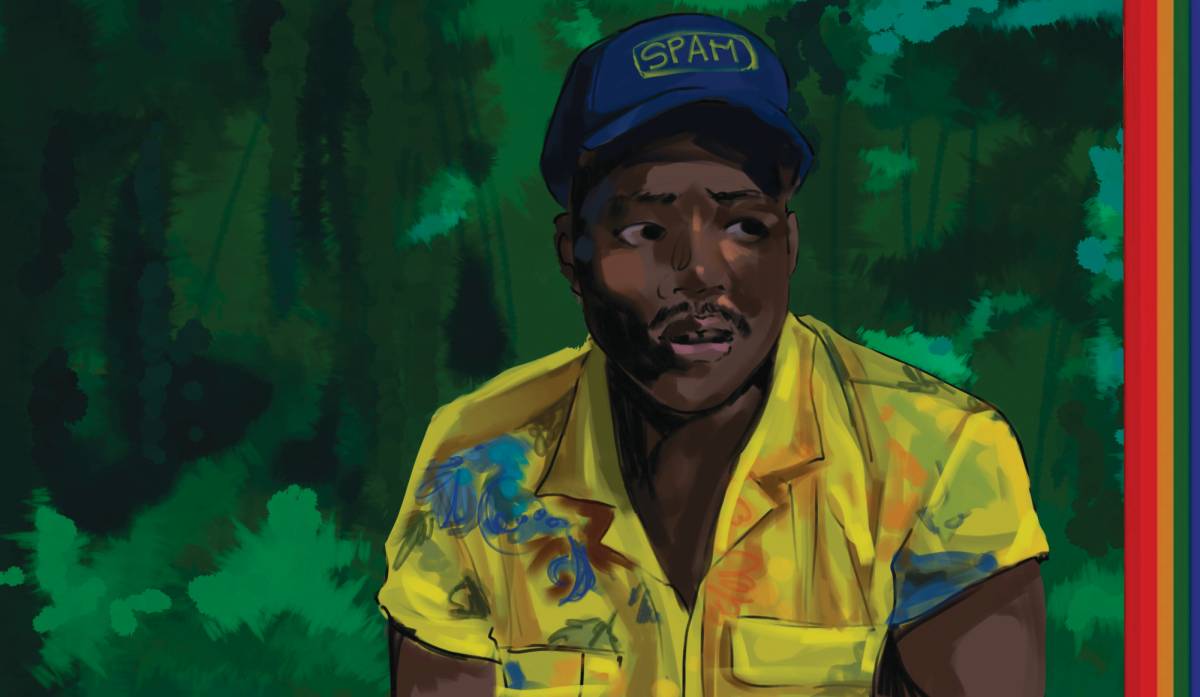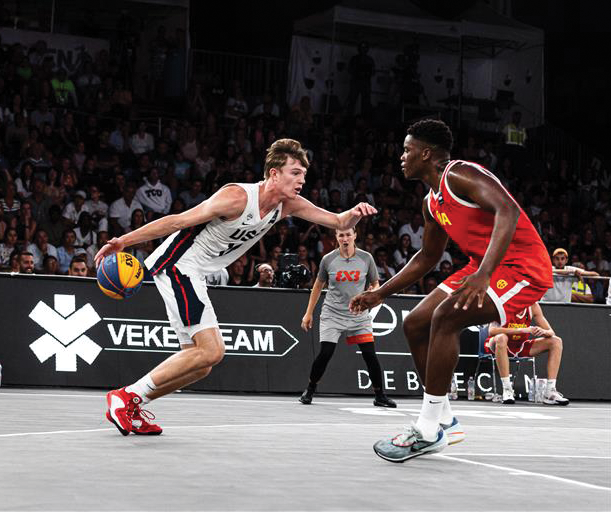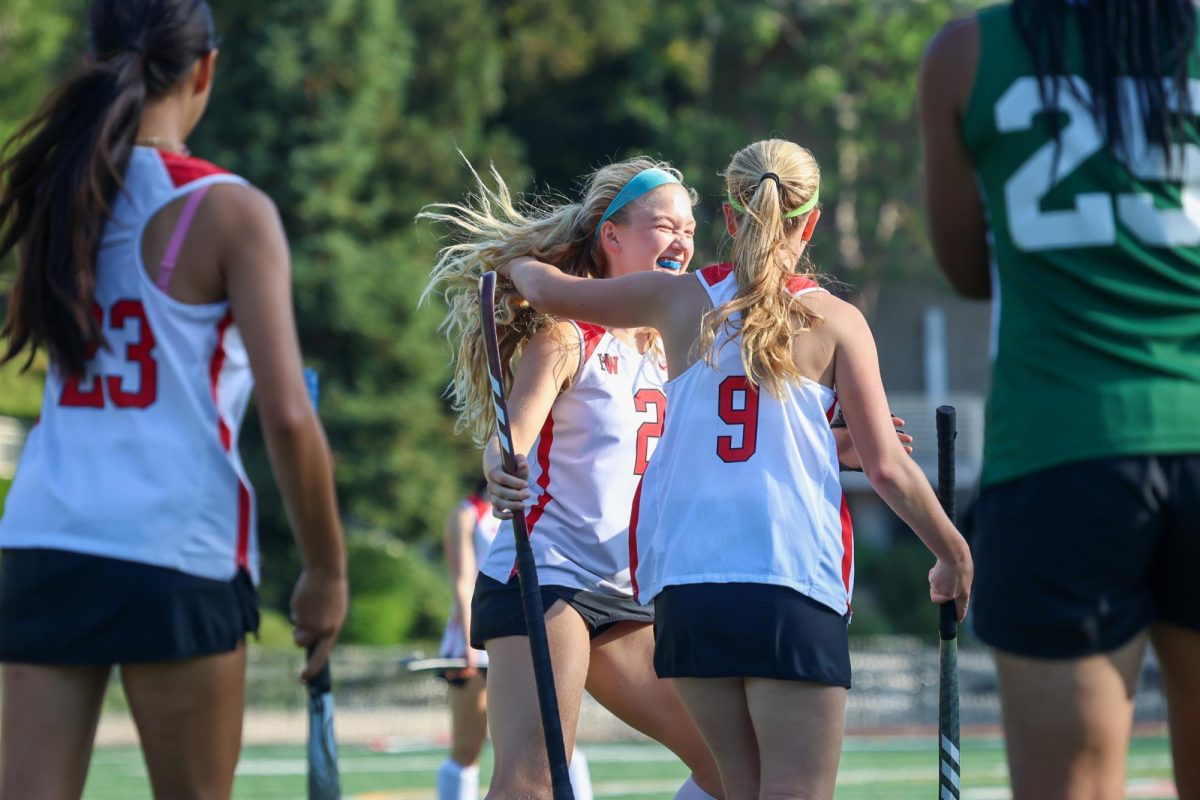After six months of lengthy rehearsals, Amita Pentakota ’14 stepped on stage to perform in “MARA” at the Ford Amphitheatre in Hollywood Sept. 21. In preparation for the show, a classical Indian dance performance, Pentakota rehearsed daily for about two hours on weekdays and for about six to eight hours on weekends.
During rehearsals, the dancers learned routines and posted videos on YouTube, so that they could review them later. During longer rehearsals, they alternated between running the whole show and “nitpicking” certain moments.
“The weeks before a show it gets really intense and my weekends are taken up,” Pentakota said.
Despite all of the preparation and practice, little things still went wrong during the show. Pentakota laughed, remembering how her davani, a part of her costume that was draped over her shoulder, fell off during one of the shows.
“It was kind of just hanging there, and nobody really noticed,” Pentakota said. “I just persevered and kept dancing like nothing happened.”
The story of “MARA” is based on Buddhist folklore, where Mara, a demon, tries to distract the Buddha from reaching enlightenment. The story follows the life of Jeeva, one of the characters Pentakota played in part of the show.
“In my section we find out that Mara has this control over Jeeva, and Mara can control Jeeva’s emotions,” Pentakota said.
Pentakota also said that Mara represents “the mind and the distractions the mind creates.”
“In the third section, we can see how Mara is really a part of all of [Jeeva’s] relationships: Mara is [Jeeva’s] mother, [and] is her friend,” Pentakota said. “Basically everything in Jeeva’s life is created by Mara.”
The type of dance performed in “MARA” is called bharata natyam, a style of classical Indian dance that originated in Tamul-Nadu, an area of southern India. Bharata natyam started out as a religious dance in the seventeenth century, but, in modern times, has become more of an art form. However, many of the dances are still done in praise of certain gods.
“You don’t have to be religious to do it,” Pentakota said. “Hinduism and Indian culture are very intertwined, so the fact is these stories are part of Indian culture.”
Pentakota has been learning bharata natyam since she was four at the Shakti School of Bharata Natyam. In 2009, she had her arangetram, a solo dance debut. She is now a member of the Shakti Dance Company, the Shakti School’s troupe, and she performs in multiple shows every year.
In “MARA,” Pentakota performed with 24 other members of the Shakti Dance Company. Most of the girls in Shakti are in high school or college and have been with the company for years.
“These girls are basically my sisters,” Pentakota said. “I have grown up with them and we have watched each other grow as dancers.”
In addition to dancing at the Shakti Dance Company, Pentakota began learning modern dance by participating in the dance program at Harvard-Westlake in eighth grade. Pentakota is still involved with the dance program, taking Advanced Dance II and participating in the school’s dance shows.
“I am more confident in what I do in bharata natyam, but with modern dance I am not as sure,” Pentakota said. “I still feel as though I am discovering new things every day.”
Although having to dance both inside and outside of school is a very significant time commitment, Pentakota does not find it a difficult task to balance the two schedules. Pentakota said that she will prioritize her dancing at school if it is necessary, but the rehearsals at Shakti often do not start until later than the ones at school because many of the other dancers also have school commitments.
Pentakota said that the dance rehearsals at Harvard-Westlake and the dance rehearsals at the Shakti Dance Company are very different because she has to change her mindset depending on which rehearsal she’s in. Pentakota described the dance program at Shakti as “organized chaos,” but the dance program at school as far more structured.
“At school it is like we are going to work for an hour and then have a show,” Pentakota said. “But at Shakti Dance Company, sometimes we will get work done, and sometimes it is just there to help us get closer [to each other].”
Pentakota believes that doing both styles of dance has helped her to grow and develop as a dancer because she is able to learn different techniques from each of the genres. She describes her own dance style as being a fusion of the two different genres, with aspects of bharata natyam dance choreography mixed in with some modern dance choreography.
Regardless of the inherent differences between the two dance styles, Pentakota said that bharata natyam dance and modern dance are more similar than they are different.
“You are trying to tell a story, no matter what style you are doing,” Pentakota said. “You are trying to convey a message.”

